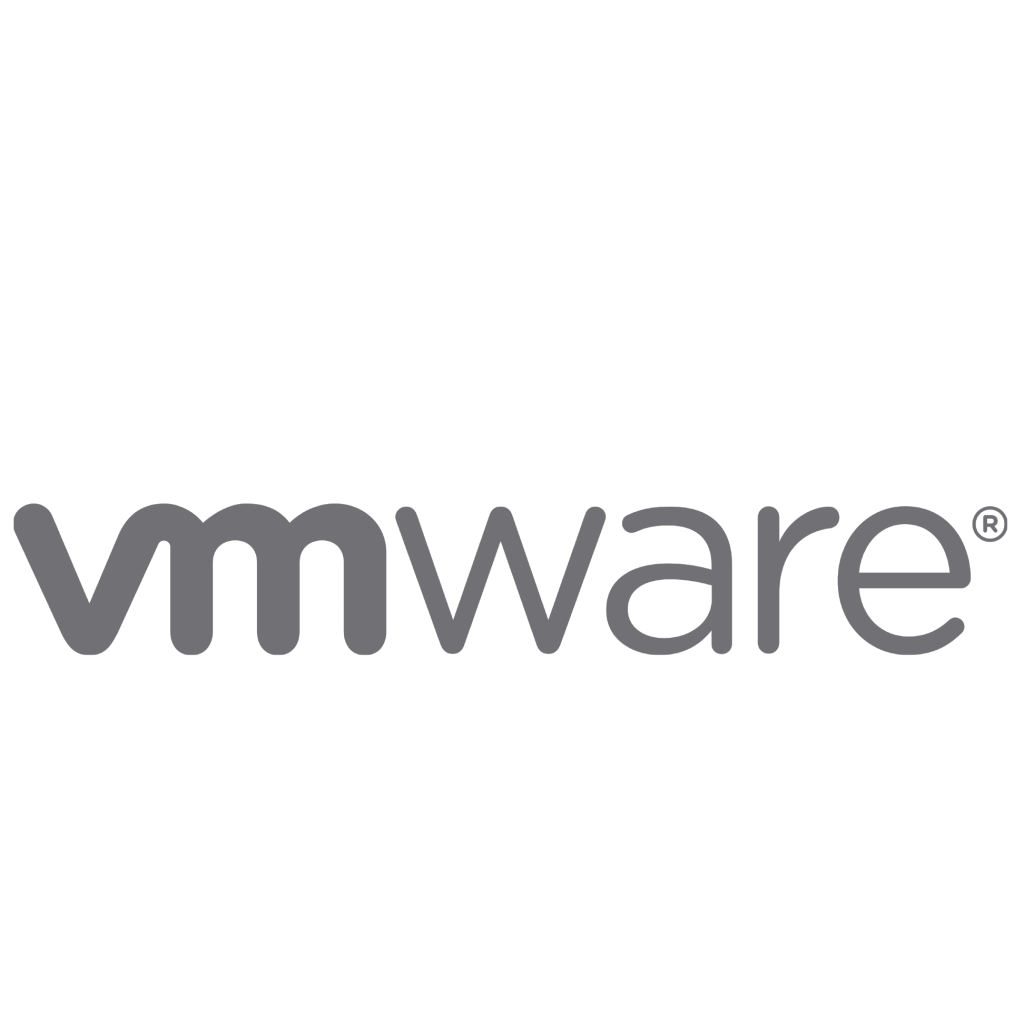Founded in 1998 and launching its first virtualization product in 1999, VMware has grown beyond simple server virtualization to become the leader in data center automation. VMware infrastructure as a service (IaaS) entirely disconnects and automates infrastructure from IT. IaaS increases agility, flexibility and scalability while making IT simpler to manage and delivering significant cost savings.
Of course, virtual or physical, infrastructure exists to support the applications that organizations use every day to run their businesses — Mode 1 applications such as your classic on-premise Oracle and SAP applications and, yes, even legacy mainframe applications (Mode 0). Modern, cloud-native Mode 2 apps like Salesforce, Workday and NetSuite don’t rely on infrastructure services other than compute frameworks.
But none of these applications operate in a vacuum; they need to exchange data. They need to talk to each other. That’s how people use them, and they almost always use more than one.
And that’s where Boomi brings value to the data and application ecosystem supported by VMware’s automated and virtualized infrastructure. Boomi allows applications to freely exchange data, whether they’re on-premise or in the cloud — without hardwiring connections that break when something changes.
VMware IT Improves Application Integration With Migration to Boomi
Of course, VMware is no stranger to the challenges of integration. The company’s IT group employed an integration platform as a service (iPaaS) product to host cloud-to-cloud, cloud-to-on-premise, and on-premise-to-cloud applications in the public cloud.
But not all iPaaS providers are created equal. Initially, VMware’s iPaaS choice had a positive impact on application integration compared to traditional approaches. But there were also drawbacks.
For example, each integrated application needed its own dedicated CPU and RAM. So, adding a new application or scaling a mission-critical feature for any application required acquiring additional resources. Likewise, connectivity issues with on-premise messaging services could only be resolved by purchasing another feature in the platform. Moreover, new application deployment and other infrastructure improvements or upgrades took weeks or even months to implement — unacceptable for an agile, global operation.
After researching many alternatives to address these challenges, VMware IT decided on the Boomi unified integration platform, an iPaaS that can reduce costs and offer operational flexibility right out of the box. Boomi provided seamless migration for more than 70 applications. Once deployed, the VMware teams realized immediate improvements in staff productivity and savings in overall infrastructure costs.
The benefits from Boomi included:
- Easily connects various business applications, such as customer relationship management (CRM) and expense management, using built-in Boomi connectors
- Meets service-level agreements (SLAs) for business-critical applications (such as partner deals sync) due to Boomi’s improved performance
- Simplifies the development of applications, even by business users, with an intuitive, configure-against-code GUI philosophy
- Restricts access to the platform and confidential data based on single sign-on (SSO) login
- Simplifies and accelerates all tasks via automation
- Enhances productivity and realizes cost savings daily
- Enables a flexible ecosystem with built-in agility and scalability
End-User Computing With Boomi and Workspace ONE
Beyond the core value of Boomi and VMware for our mutual customers, application and data integration is even more critical as VMware moves into the arena of application deployment with products such as Workspace ONE.
Workspace ONE is VMware’s management platform that allows IT administrators to centrally control end users’ mobile devices, cloud-hosted virtual desktops and applications from the cloud or from on-premise systems. Workspace ONE users need their applications to exchange data easily, regardless of where the applications and their data reside.
When anyone inside an enterprise needs a device and a set of applications, IT must ensure those applications are available and provided to the appropriate person quickly and securely. For example, a salesperson may not need applications to work with SQL databases, but business operations personnel would. Workspace ONE helps administrators manage these tasks and segregating these applications among different groups and different user personas.
With Boomi Flow, it’s possible to add a process layer that integrates all the back-end systems engaged in provisioning hardware and software via Workspace ONE, including OS images. Workspace ONE becomes another endpoint in the onboarding workflow. IT administrators and business owners have visibility into all the procedural steps of the provisioning process, which becomes much faster, simpler and easier to manage. This can shave weeks off the onboarding journey — and reduce frustration for everyone involved.
With Boomi, Workspace ONE can also deliver apps to a user’s mobile device or virtual desktop via a simple icon. Let’s take healthcare benefits open enrollment as an example. Using Boomi Integration and Boomi Flow, you can build a simple web app that provides a single interface for all an employee’s healthcare benefits: dental, prescription drugs, doctor’s visits, mental health services, etc.
Instead of using email and other employee communication to remind employees to enroll, VMware can deliver the icon for that app dynamically to a user’s desktop or mobile device. In fact, VMware can temporarily remove all the other app icons until the employee has completed her enrollment. Once she has, the icon would disappear, and she would receive a message confirming enrollment.
Boomi can create this rich, modern app experience, which can be deployed to many users and updated centrally, quickly and easily. And VMware through Workspace ONE can deliver the app across devices and operating systems. Everyone benefits from a unified experience.
Read the case study to learn more about how Boomi brought greater speed and agility to VMware.


 English
English 日本語
日本語